How to Build a Water Bottle Rocket Easy

While many people assume that one canteen of water is only similar any other, that's non exactly the case. These days, there are nearly as many unlike kinds of bottled h2o equally at that place are brands of popular sodas. In fact, the U.S. Food & Drug Assistants (FDA) has a whole code of regulations that dictates exactly what can be considered "bottled water" at all.
Beyond that, there are certain things that take to exist taken into consideration to figure out what "kind" of water information technology qualifies equally in terms of the FDA's guidelines. Here we'll explore some of the most popular kinds of bottled water on the market and explicate the differences between their informational labels.
Spring water is most as natural as it gets and, as the telltale name implies, is generally sourced direct from a natural leap. According to FDA regulations, a certain list of qualifications must exist met in gild for bottled h2o to behave the "bound water" bluecoat. Namely, it must either be collected directly from the spring, or from a borehole that allows the water to period up from its hole-and-corner source.
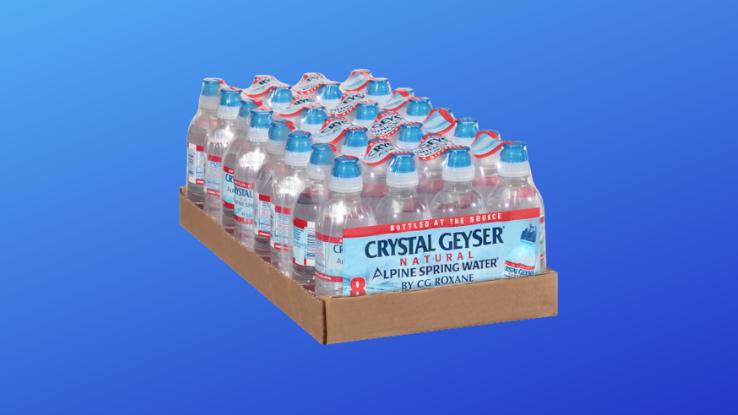
Not only is leap water costless from artificial chemicals, but it's oftentimes also rich in natural nutrients like calcium, potassium, and fluoride. These nutrients tin fifty-fifty affect its gustatory modality, making legitimate spring water a bit easier to recognize once you get the taste for it.
Mineral H2o
Mineral water is really a type of natural leap water. According to the FDA's guidelines, jump h2o becomes mineral water when it contains a "constant level and relative proportions of minerals and trace elements at the point of emergence from the source."
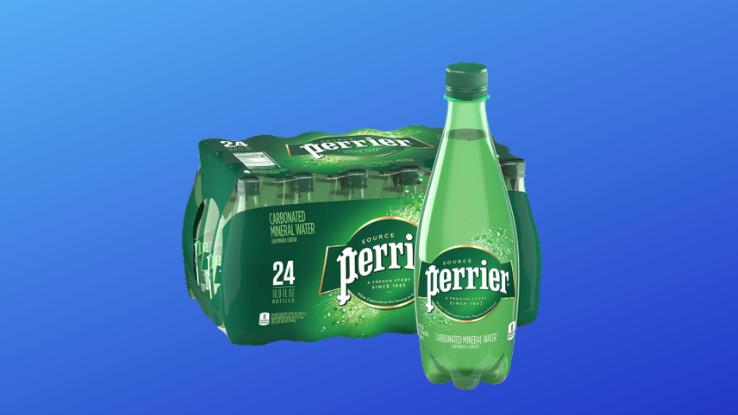
Translation? The h2o source is naturally rich in various minerals. The FDA as well specifies that you can't simply add minerals to regular tap water and slap a "mineral h2o" characterization on it. In order to authorize, it has to be naturally minerally rich — without human tampering.
Artesian and Glacier Water
Artesian water comes from a well that's sourced by something called a bars aquifer — an cloak-and-dagger layer of rock or sand that contains water. Every bit a result, artesian water often has a high mineral count and, as such, tends to have some health benefits. Glacier h2o is not necessarily a term used by the FDA, but, nonetheless, it'south exactly what it sounds like: runoff from a melting glacier.
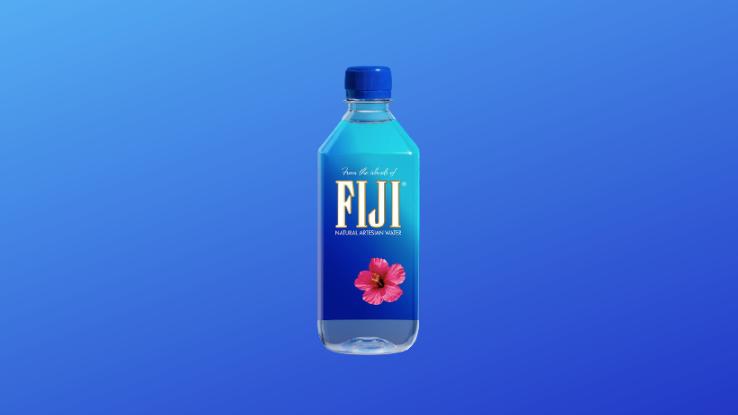
Sparkling H2o
Sparkling water tends to be pretty easy to recognize due to its carbonation, which results in bubbles and fizz. That said, sparkling water has a few subcategories of its own, including:
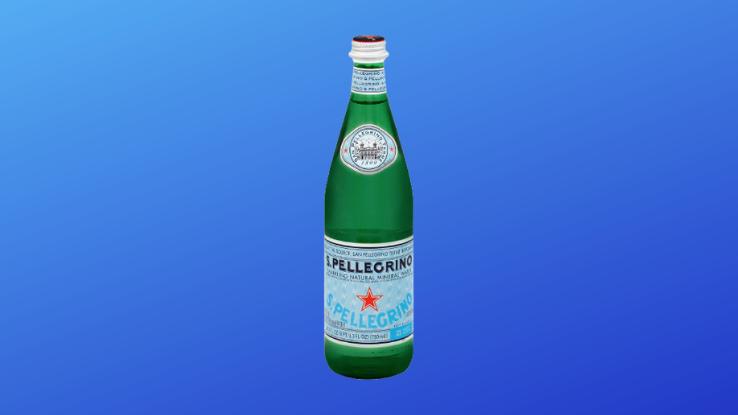
Sparkling Water: In its purest class, sparkling h2o is mineral or spring water that's bubbly due to a process of natural carbonation from its source. If information technology comes from a jump that'south naturally high in minerals, information technology may qualify to be known as "sparkling mineral h2o." Some manufacturers infuse it with actress carbonation to make information technology even more bubbly.
Club Soda: Water that'southward been carbonated with carbon dioxide gas or CO2 is known equally social club soda. Commonly, it's besides infused with added minerals like potassium sulfate, sodium chloride, sodium bicarbonate, and disodium phosphate.
Seltzer Water: Like club soda, seltzer water has also been carbonated, but it doesn't have those added minerals.
Tonic H2o: Another class of carbonated h2o, tonic water contains added minerals and quinine, a natural alkaloid that was used for centuries to treat diseases, like malaria. It's also what gives tonic water its recognizably bitter taste.
Purified Water
Purified h2o is whatever type of water that'southward been through a filtration procedure designed to remove its impurities. Information technology may take originated from an hugger-mugger h2o source, just it might also exist derived from tap water. Its classification ultimately depends on the purification procedure information technology has undergone.
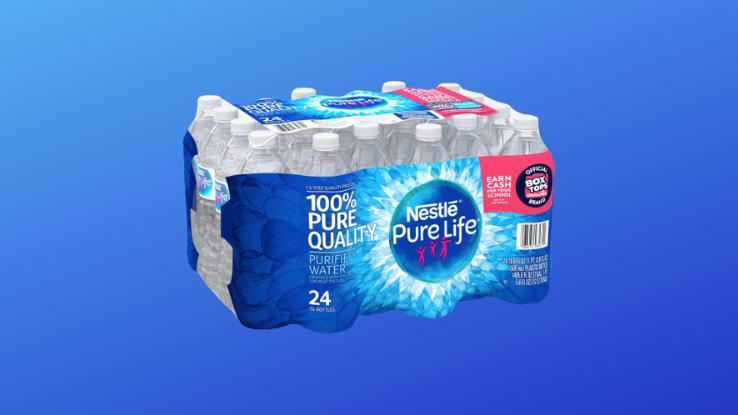
Distilled Water: Water that's boiled and then condensed back into its liquid form. The idea here is that when the water boils, all of its impurities are removed. On the downside, the procedure also tends to remove the minerals also. To counteract this, distilled water tends to pull minerals from anything it touches, including your body. That said, the amount of minerals it volition leech from y'all isn't necessarily harmful equally long as y'all consume a salubrious diet. Depending on where you live, distilled water may be a much cleaner option than tap h2o, but don't count on it for your daily mineral intake.
Deionized Water: As its name suggests, deionized water, aka "demineralized water," is water that has had all of its ions removed. This is commonly done by exposing information technology to high-purity resins that get out the water in its purest form. Deionized water is very similar to distilled water, merely information technology tends to be much cheaper and easier to brand.
Municipal Source Water
Considering the FDA requires water canteen manufacturers to make it clear where their water is sourced from, you may see terms like "community water system" or "municipal source" on some labels. In essence, bottles that bear those labels contain tap water that's been purified.
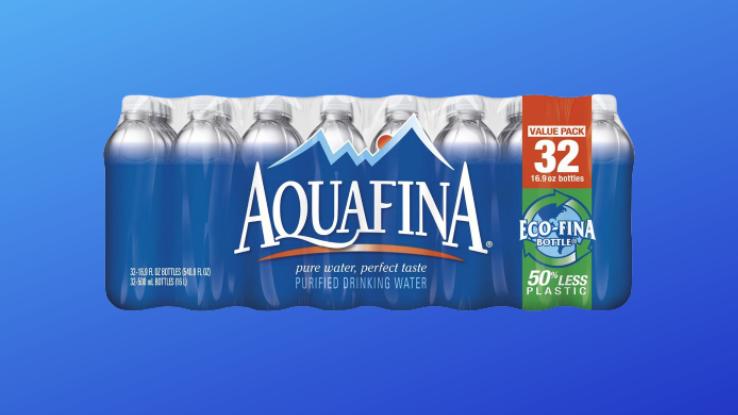
Aquafina water, for example, starts out as regular tap water and is purified through a series of processes, including reverse osmosis, ozone sterilization, and an ultraviolet-related process. So, while information technology may exist purified, it's not the near natural product on the market.
Flavored or Nutrient-Added Water
Flavored and/or nutrient-added waters are oftentimes advertised every bit a healthier alternative to sodas and, in some cases, they are a amend bet. As the directly-forward names advise, flavored waters are simply waters — usually sparkling waters — that take an added taste, while nutrient-added h2o has been infused with various vitamins or minerals.
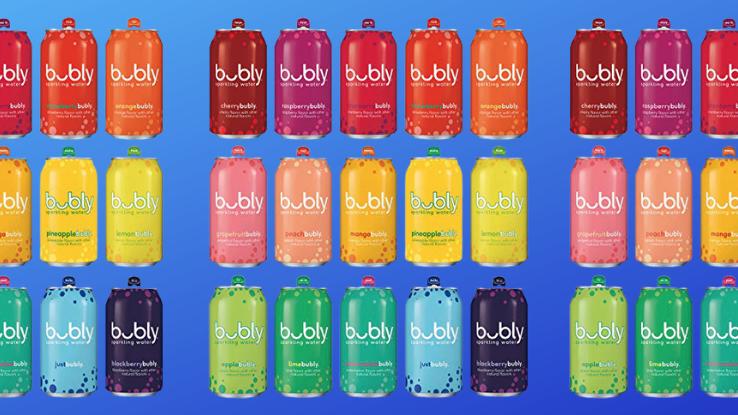
While these types of waters nevertheless have to adhere to certain FDA guidelines, information technology'south important to brand sure that you read the nutrition labels, as some companies tend to go a little heavy on the sugar in gild to make their water flavorings gustation improve, while others "essence" their waters with season, making them sugar-costless, healthier options.
mackaythrogerfuns.blogspot.com
Source: https://www.symptomfind.com/nutrition-supplements/different-types-of-bottled-water-explained?utm_content=params%3Ao%3D740013%26ad%3DdirN%26qo%3DserpIndex&ueid=acaf348a-02f4-4e0a-9802-b6b723837a35